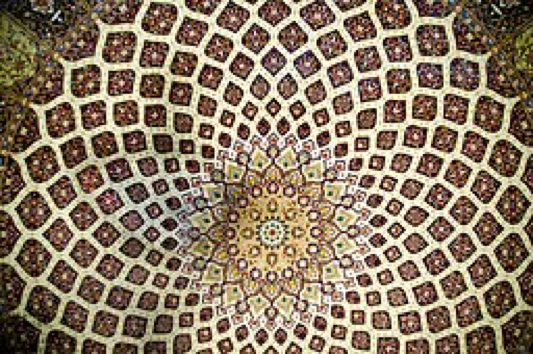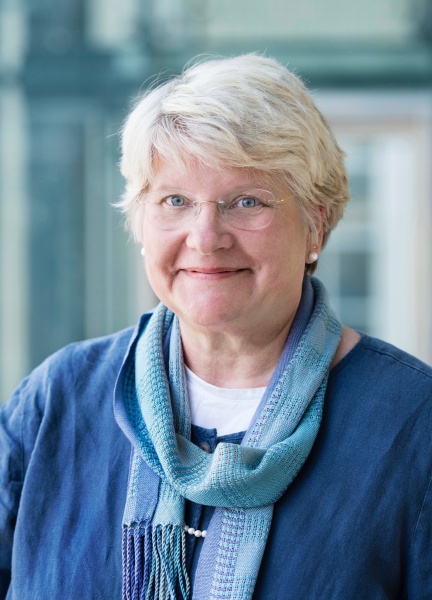Transparency and Openness (TOP) Guidelines, part 2, are now in an ongoing draft Google doc for you to review. Here’s what they’re all about.

Picture by Garry Knight (Flickr: Persian Carpet) CC BY-SA 2.0 at http://bit.ly/2FKpQCo
In “The art of buying a carpet,” Simon Busch suggests that a wise carpet buyer checks a carpet’s knot count (“You will find much truth under the carpet: turn it over”), examines its fibre (silk and wool, or something else?), and takes a close look at its colour (“Bend the carpet so as to expose individual threads from the base to the tip.”)
Busch argues that touching, feeling, and getting right down into the pile is what it’s all about for the clever carpet buyer.
The same emphasis on depth goes for research. Traditionally, people have made quick assessments of the quality of a piece of research work by the name and reputation of the journal that publishes it or by the number of citations that the journal attracts (or sometimes that the article itself attracts). People then read research articles that pass their initial assessment to understand a piece of research more fully. But wouldn’t it be better – as well as these traditional publishing-oriented indicators of quality – if we could touch, feel, and get right down into the knot count, fibres, and colour of the research? By looking at more information about the research itself, and how it was done?
The argument goes that – for research – knowing way more than an article can sensibly present enables research readers to understand more about the research. It gives other researchers confidence to attribute, re-use, and build-on that research. It enables research assessment and reward to work in new ways that focus on the research itself. And, perhaps equally importantly, sharing more than can be presented in an article is now actually possible. So when research authors share and cite their data; describe their methods in detail; make their materials available; and share information about their analysis then other people can check the knot count, fibre, and colour of that particular research project. The simple presence of data, methods, materials, perhaps alongside an article, gives readers an indicator for the quality of the research, as well as enough information to understand and build-upon that research.
Researchers who take these extra steps and share more are able to get the most out of their research, and can be both applauded and rewarded by their research funders. Interestingly, this approach also opens-up new ways to communicate research that’s valuable and yet not well-suited to articles (like, for example, large observational datasets about our climate and how it’s changing).
“Promoting an open research culture,” published by Brian Nosek and colleagues in Science back in 2015, presents the well-known TOP guidelines. TOP describes how to aim for research transparency in eight standards and three levels. It’s widely-endorsed. But it’s not widely implemented.
COPE visited the Center for Open Science in Charlottesville, Virginia, USA in September 2017. Together with 40+ people we workshopped an extension to TOP designed to make the original TOP guidelines easy to implement. This means making TOP easy for researchers to understand and adopt as research authors and easy for journals (and other places where research is communicated, like perhaps preprint servers and data repositories) to display, so research readers can check the knot count, fibre, and colour and then build-upon a piece of work.
For you, now, the draft article from that TOP workshop is ready. We share it here with permission from the organisers of the TOP project at Center for Open Science. Please, take a look. And do share your thoughts: it is an ongoing draft.
“The interweaving of exoticism, age-old skill and sheer prodigious effort make their selection, acquisition and, finally, possession a rare thrill,” says Busch about oriental carpets. To extend our metaphor one last time, the prodigious efforts needed to complete a research project can be of most benefit to research authors when those researchers describe their efforts transparently and completely, with more information than can be presented in articles. And transparent and complete sharing of research information alongside articles enables research readers to understand, assess, and build-upon research properly. Doesn’t that sound like a win-win?
COPE co-chairs Geri Pearson and Chris Graf

